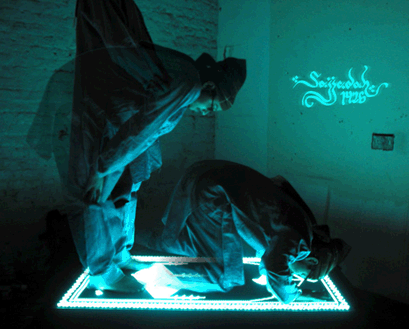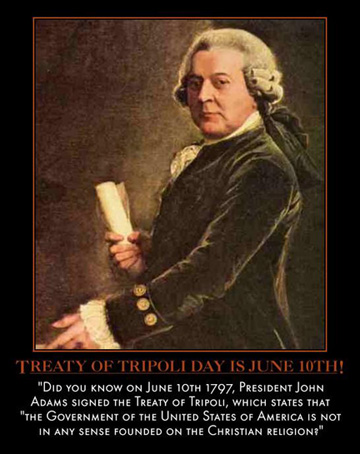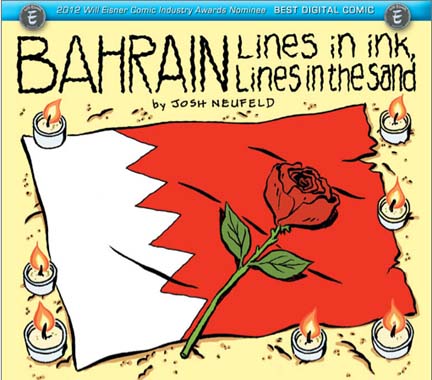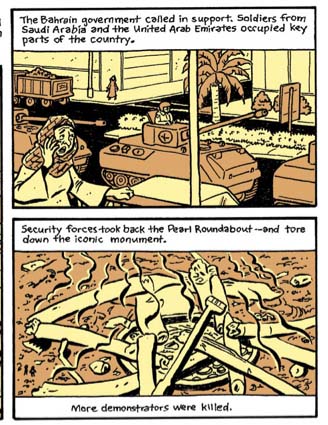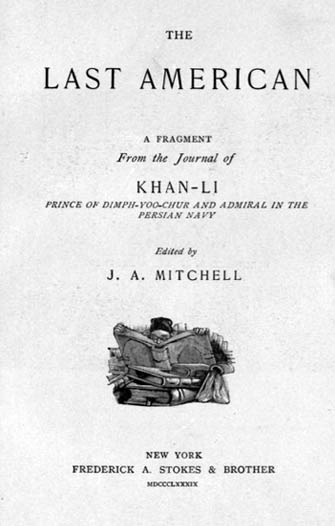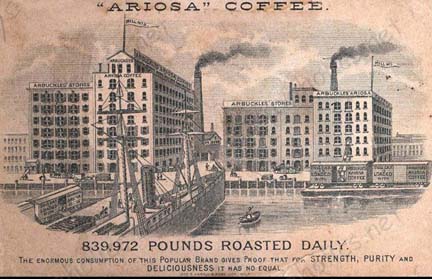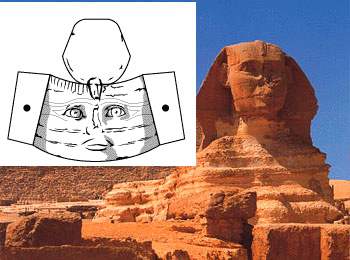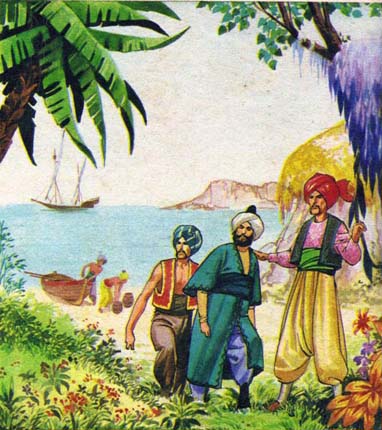
Sinbad the Sailor by Nadir Quinto (1918-1994), an Italian artist, born in Milan
[Webshaykh’s Note: This last semester I taught an Honors Seminar on the Arabian Nights. The last assignment asked students to write the 8th voyage of Sindbad, drawing on what happened in earlier voyages. I will post several of these here for your enjoyment. This is the third one I am publishing by Peter Otis. The second is by Marissa Priest. For the first by Taryn Teurfs, click here.]
The Eighth Voyage of Sinbad: The Isle of the Lost Civilization
by Peter Otis
And Scheherazade said, it is recounted, your grace, of how Sinbad the Sailor invited the Porter back the following evening, and told the tale of his magnificent eighth voyage:
My friends, I tell you that in turbulent times, the fortunes of all men and creatures in God’s creation are scattered like sand in a torrent, and that fate holds unpredictable odds in store. Truly, as I recounted to you yesterday evening, my seventh voyage was the final of my audacious journeys on the vast and distant seas on the outer rim of the world. Of course, you know from my voyages of my immeasurable wealth. However, you know not that the vast fortunes that surround you this evening would not be, were it not for my eighth and final voyage! On my journey back to Baghdad from my seventh adventure, I was wracked with a deep sense of despair to learn in Basra that civil war had erupted between the Caliph’s two sons, whose greedy rage had resulted in the devastation of my beloved Baghdad! Surely, my friends, the destruction is all too fresh in your minds as well. I returned in horror to find Baghdad in ruin, and to little surprise my own wealth stored at my palace had been plundered amid the turmoil. What precious wealth I had brought back with me from my seventh voyage I gave to the city’s keepers to finance reconstruction and the care of invalids. Give alms according to God’s will, for truly, only God in his goodness is eternal, while the aspirations of man and his pride are reduced to dust! Heartbroken to see the object of my desire—my beloved city—ruptured in such a way, I returned to my true home the sea, and left Baghdad almost as quickly as I had returned to her. Continue reading The 8th Voyage of Sinbad: #3 →
